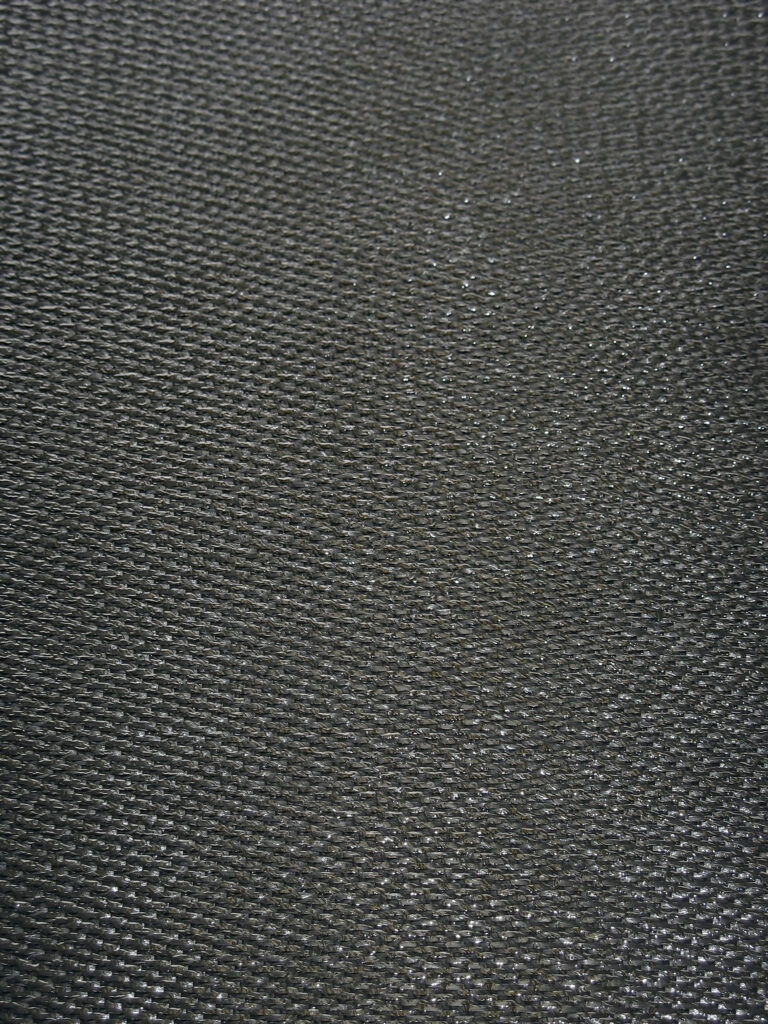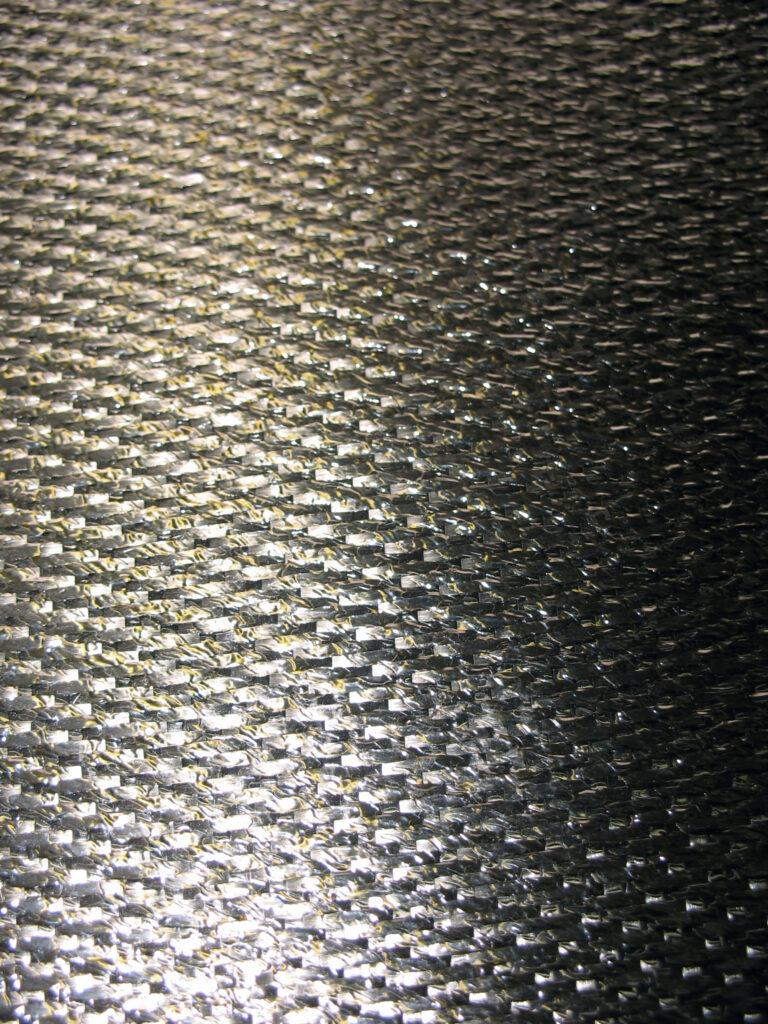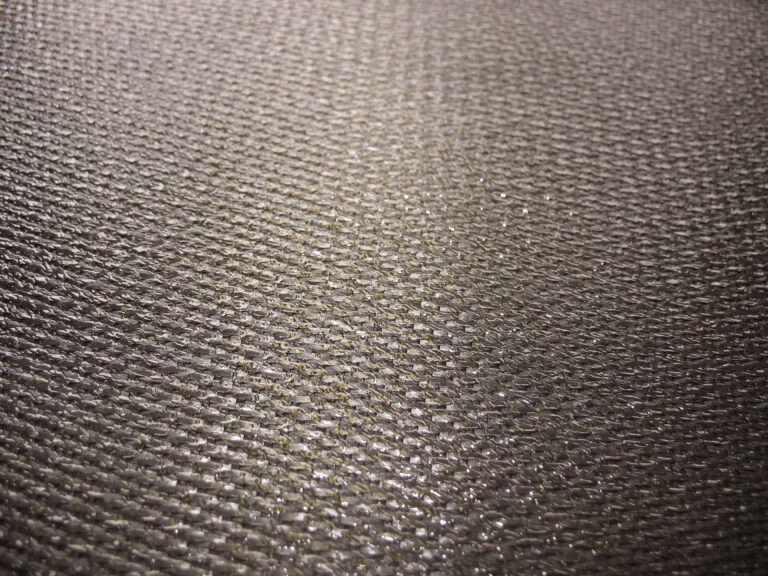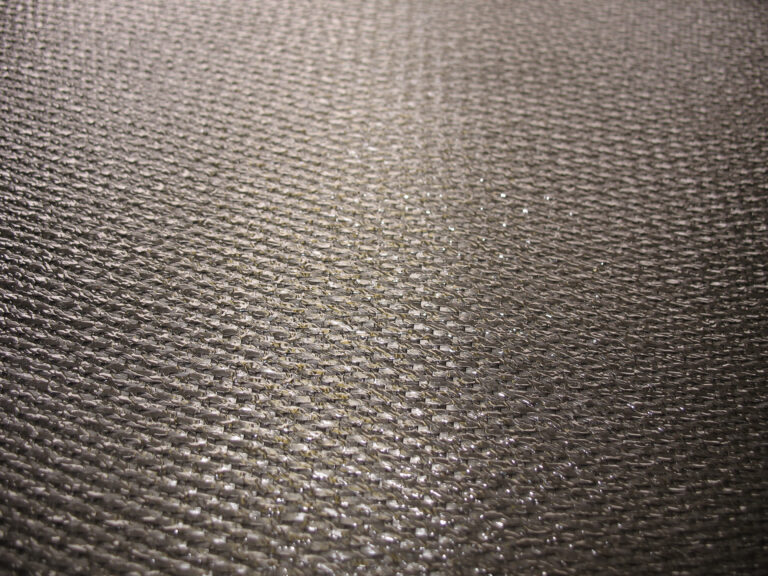Getting Rid of Mold in Your Home: DIY Solutions vs Professional Remediation Services
Mold is a common problem that affects many homes, and it can have serious health effects if left untreated. In this blog post, we will discuss the signs of mold infestation, DIY solutions for removing mold, when to call a professional remediation service, preventing mold growth in your home, and more.
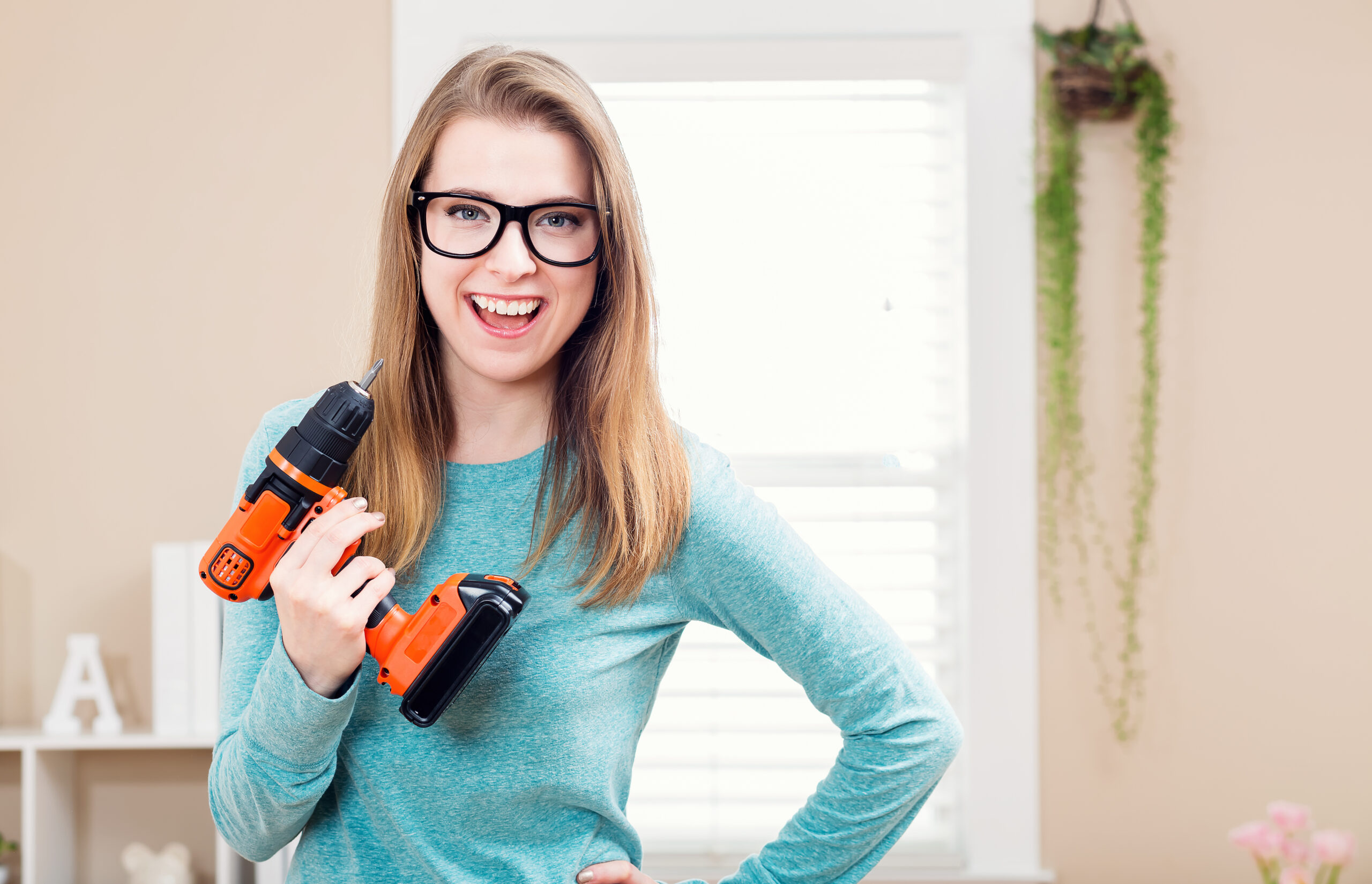
Introduction to Mold and Its Health Effects
Mold is a type of fungus that grows in damp or wet areas. It can be found both indoors and outdoors, and it thrives in humid environments. While some types of mold are harmless, others can cause serious health problems. Exposure to mold can lead to respiratory issues such as asthma, allergies, and bronchitis. It can also cause skin irritations, headaches, fatigue, and other symptoms.
Signs of Mold Infestation in Your Home
If you suspect that there may be mold in your home, look for these signs:
Water stains on walls or ceilings
Musty odor
Dampness or moisture in certain areas
Fuzzy spots on surfaces
Peeling wallpaper or paint
DIY Solutions for Removing Mold
There are several DIY solutions for removing mold from your home. Here are a few examples:
1. Vinegar solution – Mix equal parts vinegar and water and apply it to the affected area with a cloth or sponge. Let it sit for at least 15 minutes before wiping it off.
2. Baking soda paste – Mix baking soda and water into a thick paste and apply it to the mold. Let it dry completely before vacuuming it up.
3. Borax solution – Mix borax and warm water into a solution and apply it to the mold. Let it sit for at least 15 minutes before rinsing it off.
When to Call a Professional Mold Remediation Service
While DIY solutions can work for small mold infestations, larger ones require professional intervention. You should consider calling a professional mold remediation service if:
The mold covers an area greater than 10 square feet
The mold has spread to multiple rooms or levels
The source of the mold cannot be identified or fixed
Preventing Mold Growth in Your Home
The best way to deal with mold is to prevent it from growing in the first place. Here are some tips for preventing mold growth in your home:
Fix any leaks or sources of moisture immediately
Use exhaust fans in bathrooms and kitchens to reduce humidity
Keep air conditioners and dehumidifiers running to maintain proper humidity levels
Clean surfaces regularly to remove dust and dirt buildup
In conclusion, mold can have serious health effects if left untreated. By identifying the signs of mold infestation, using DIY solutions for removal, knowing when to call a professional remediation service, and taking steps to prevent mold growth, you can keep your home safe and healthy.

